 10 Signs of a Breech Baby: How to Tell if Your Baby is Breech | Breech babies, Baby hiccups in womb, Baby heartbeat
10 Signs of a Breech Baby: How to Tell if Your Baby is Breech | Breech babies, Baby hiccups in womb, Baby heartbeatPoint out that your baby has become a position bent by the head Your baby kicks, sperms and volterets all day (and the night!). But what exactly are they doing in there? Well, towards the end of your pregnancy, your baby is likely to get in a head down position so they can start their descent into the birth channel. The exact moment when your baby hits this position is individual. And some babies prefer other positions, such as (header above) or (part of lying). Regardless, some signs can serve as clues as to how the baby is relaxing there. Here is more about when your baby will move down, what are the options if they stay in the head up or in another position, and what to feel for when you try to determine your baby's position at home. Related: Babies tend to shine their way to a birth before. In fact fast At 28 weeks, around babies are blinked (head top), but this number jumps to just 3 or 4 percent on term. Your baby can move all over the place in the first and second quarters. Your position can change wildly early in the third quarter as well. However, if you are in the midst of weeks, you may notice that your baby stays in a head down position. Your uterus grows to accommodate its size, but there is only a lot of space. As time goes by, your baby gets bigger and starts getting out of space to move in different positions. Related: Being head down is only half the equation when it comes to birth. There's also the thing how your baby faces. Why does this make the difference? It comes to geometry. Your baby's head should be adjusted through the pelvis on your way to the vaginal channel for delivery. Some positions make this trip easier than others, especially considering how different parts of your baby's skull are wider and narrower than others. The above is the ideal position for a vaginal delivery without complications. When your baby's chin is tuned, it helps the narrowest part of your head through the birth canal. The subsequent presentation can mean a longer or potentially harder delivery, sometimes requiring a , , or . If your baby is later even in early delivery, they can still rotate throughout the process while contractions move around in the uterus. Some babies turn completely to an earlier position during delivery while others are born later. Related: You may not experience any sign that your baby has turned into a wild position. There's really no easy way to say just by looking at his blow. You have to get in there and feel yourself. But how? Fortunately, your doctor or midwife is trained to feel your baby's position using what is called Leopold's manoeuvres. With this technique, your provider will feel why part of your baby is presenting in the pelvis, then behind your baby's back, and then why part of your baby is in your background (up high, near your ribs box). They will also feel around your baby's cephalic prominence, which simply means the way your baby faces. With a head-down presentation: All these findings can also be confirmed via ultrasound to give you the clearest image. But how can you find out your baby's position at home? Pay a lot of attention to the forms in your belly, as well as to the different movements you feel. Your baby may be head down if you can: Belly Cartography It may be hard to read the different lumps and strokes he feels in his stomach. With practice, you might start understanding what you feel. You can even try to map the belly — a process to estimate the baby's position. It was created by Gaily Tully, the certified professional midwife and author of . To use this technique, wait until you are pregnant at least 30 weeks. You may want to try to map the belly after a prenatal appointment so that your doctor can give you some guidance on the baby's position. Lie on the bed or on the couch. Using a washable marker or finger paint, gently marks where your baby's head feels (it feels like a small bowl of bowls). The arms and hands are probably close to the head, and their small movements give them. Then sit on your back, your ass and legs, as well as bigger movements. It may be useful to use a wrist to play with different possible positions. Then you can draw slightly or paint your baby in the stomach to help you visualize how they are lying. Related: If you are in late pregnancy and have concerns about your baby's positioning, ask your doctor about it on your next prenatal appointment. Your health care provider may be making a note of your baby's position as well. If your baby is in labor or in some other position besides getting off, there are several options for delivery. The factors at stake here include:Approximation to water and sightOnce again, your baby's position is not usually a big concern until it reaches between weeks in your pregnancy. Before that point, the fluid in the uterus gives your baby a lot of space to move. As you get closer to delivery and your baby hasn't set your head down, they start to get out of the room to make the switch. Your doctor can control your baby's position on your prenatal appointments by feeling your belly where your head, back and buttocks are. To confirm, you may also have an ultrasound or pelvic exam. The external cephalic version (ECV) is a procedure during which the doctor tries to move your baby to a head-down position to increase the likelihood of having a vaginal birth. This is done in an environment where you can control the baby and may have an emergency if necessary. Your provider uses your hands to manually reject the baby's head. If you've reached 36 weeks and your baby is still not in the head down, your doctor may suggest an ECV. The success rate of this procedure is around. Although that is not a super impressive statistic, ECV may be worth trying if delivering vaginally is important to you. It is also worth noting that some babies are turned back to a blinking position. You may have a repeat ECV, but the space runs out closer to your birth, so it can be harder the second time. Caesarean Delivery (C-section) A Caesarean is another option for delivering babies that are not head down. This is an important surgery that you can schedule before time (if you know your baby is not head down) or that can be done in case you go to work naturally. Around the bleeding babies are born through the caesarea. While this surgery is routine, it involves some risks, including: Vaginal Birth This explains that some women can be candidates for a vaginal birth, even if their babies are blasphemed. This possibility is determined on a case-by-case basis and involves a review of your medical history and weighing the benefits of vaginal delivery against the risks of the caesarean section. If you choose to go to this route, you will need to follow the specific guidelines set by your hospital or birth centre. Related: Your baby moves a lot during your pregnancy. As you approach your expected date, they are likely to be set in a head-down position while preparing for birth. If you have concerns about your baby's position, do not hesitate to present them on your next prenatal appointment. Your healthcare provider is also keeping tabs on whether the baby is head down and can help guide you with replacement options or an alternative birth plan, if necessary. You got this, Mom! Last medical review on May 28, 2020 Read this next series of words
Accessibility Links Search Modes Search Results Web Results Causes " What to do if the baby is in a Breech position People also ask web results Childbirth ← Infant and Baby PregnancyBaby Heads - Healthline10 Signs of a Breech Baby: How to know if your baby is Breech What if my baby is soft? Silence Tommy's38 weeks pregnant - all you need to know ← Tommy's Voice Position and what it means for work and delivery ...babyBreech Presentations. Understanding Breech presentations... Is the baby in a Breech position? How to say > What to do for a baby in Breech position ← ParentsRelated searchesproblemsif youriswhere you feel the movementshow to start working with sleep positions for later turnsproblems in more painful video life movements to bring complications after birthPage navigation1 Foot links
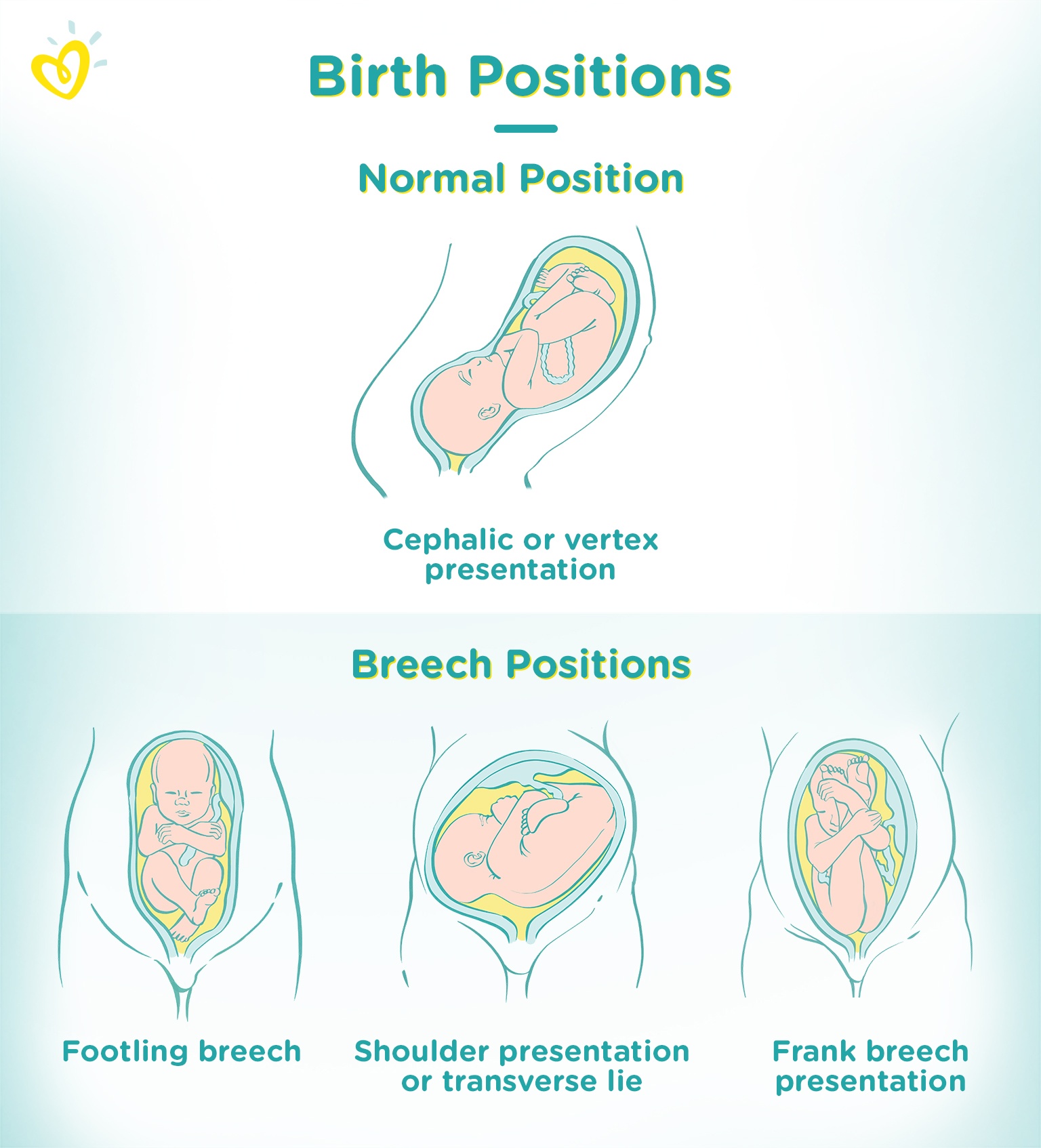
Breech Baby - Meaning, Causes and Birth | Pampers
10 Signs of a Breech Baby: How to Tell if Your Baby is Breech | Breech babies, Baby facts, Turn a breech baby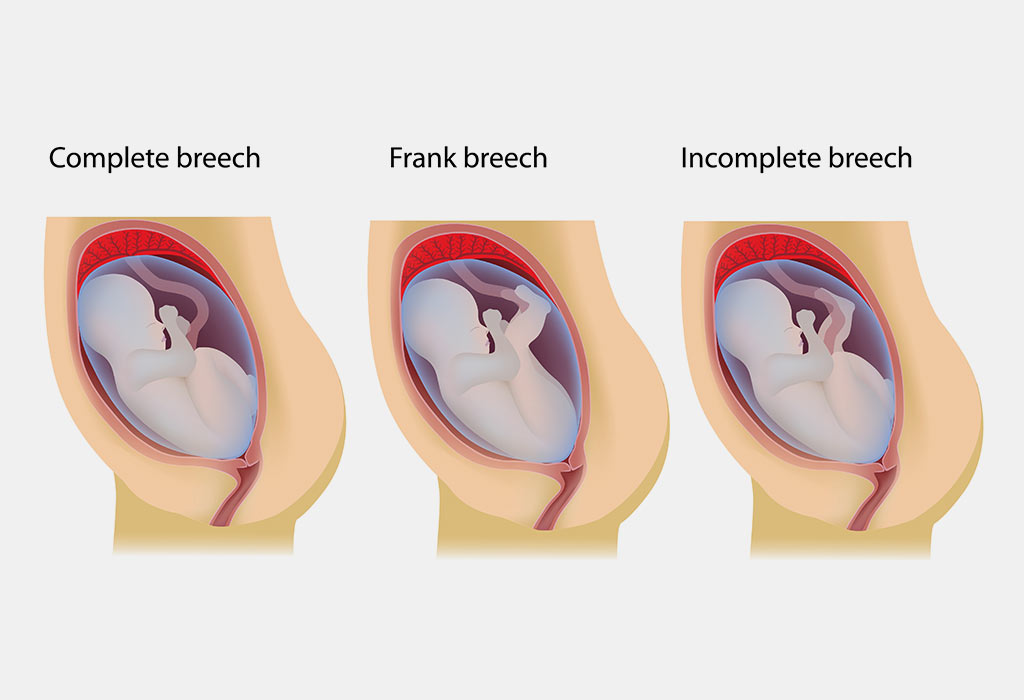
How to Turn a Breech Baby Naturally: Techniques, Exercises & Tips
10 Signs of a Breech Baby: How to Tell if Your Baby is Breech
10 Signs of a Breech Baby: How to Tell if Your Baby is Breech | Breech babies, Baby signs, Breech baby exercises
Breech Presentation: Legal Help for Birth Injuries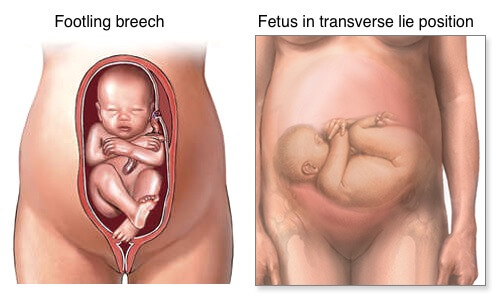
Is Baby in a Breech Position? How to Tell & What to Do
Breech Baby - Meaning, Causes and Birth | Pampers
5 Signs Your Baby Is Breech, According To Experts
Breech position and what it means for labor and delivery | BabyCenter
Your Breech Baby:The Facts You Need to Know if Your Baby is Breech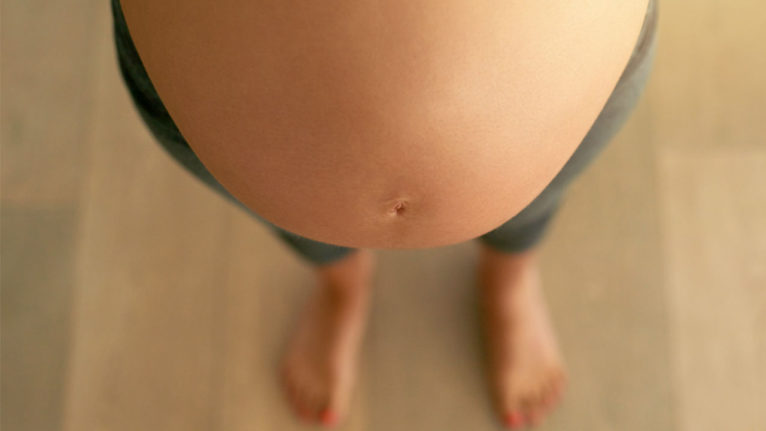
7 ways to turn a breech baby
10 Signs of a Breech Baby: How to Tell if Your Baby is Breech | Breech babies, Breeches, Turn a breech baby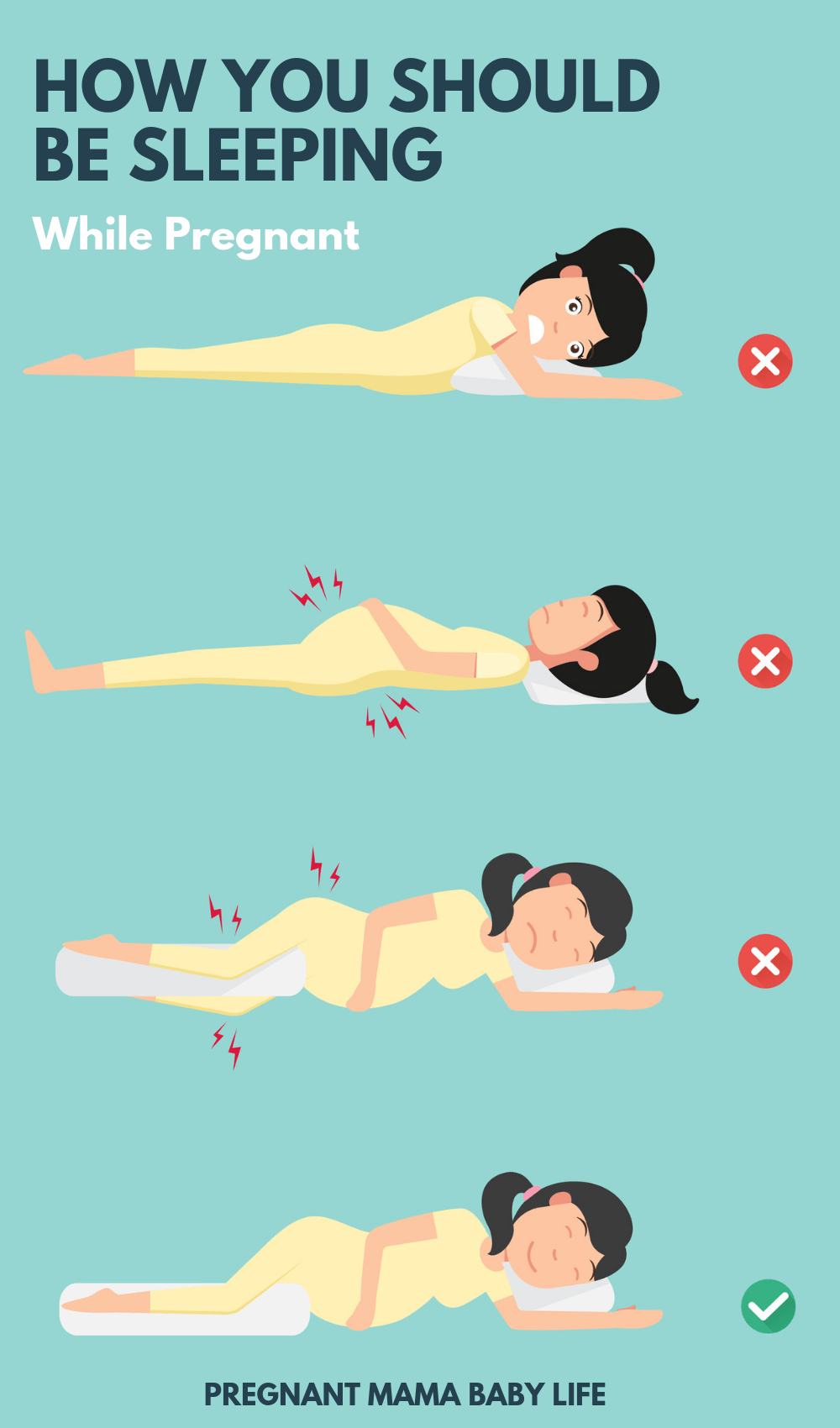
How to Tell If Baby Is Breech & Surprising Things to Fix It
Breech baby: What are the symptoms and what can you do to help? | Mother&Baby
Is Baby in a Breech Position? How to Tell & What to Do
Symptoms of Baby Turning Head Down
How to Tell if Your Baby is Breech - Signs of a Breech Baby - Blunders in Babyland
What is malpresentation? | Pregnancy Birth and Baby
Exercise For Turning Breech Baby - Part 1 - YouTube
If Your Baby is Breech | Birth International
Is Baby in a Breech Position? How to Tell & What to Do
Breech Baby: Causes, Complications, and Turning
Breech baby: What are the symptoms and what can you do to help? | Mother&Baby
Breech Baby: Causes & What to Do if Baby Is in a Breech Position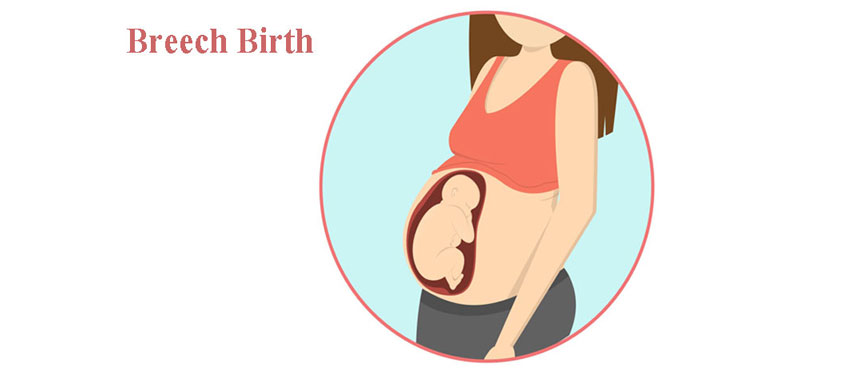
Breech Birth - India Parenting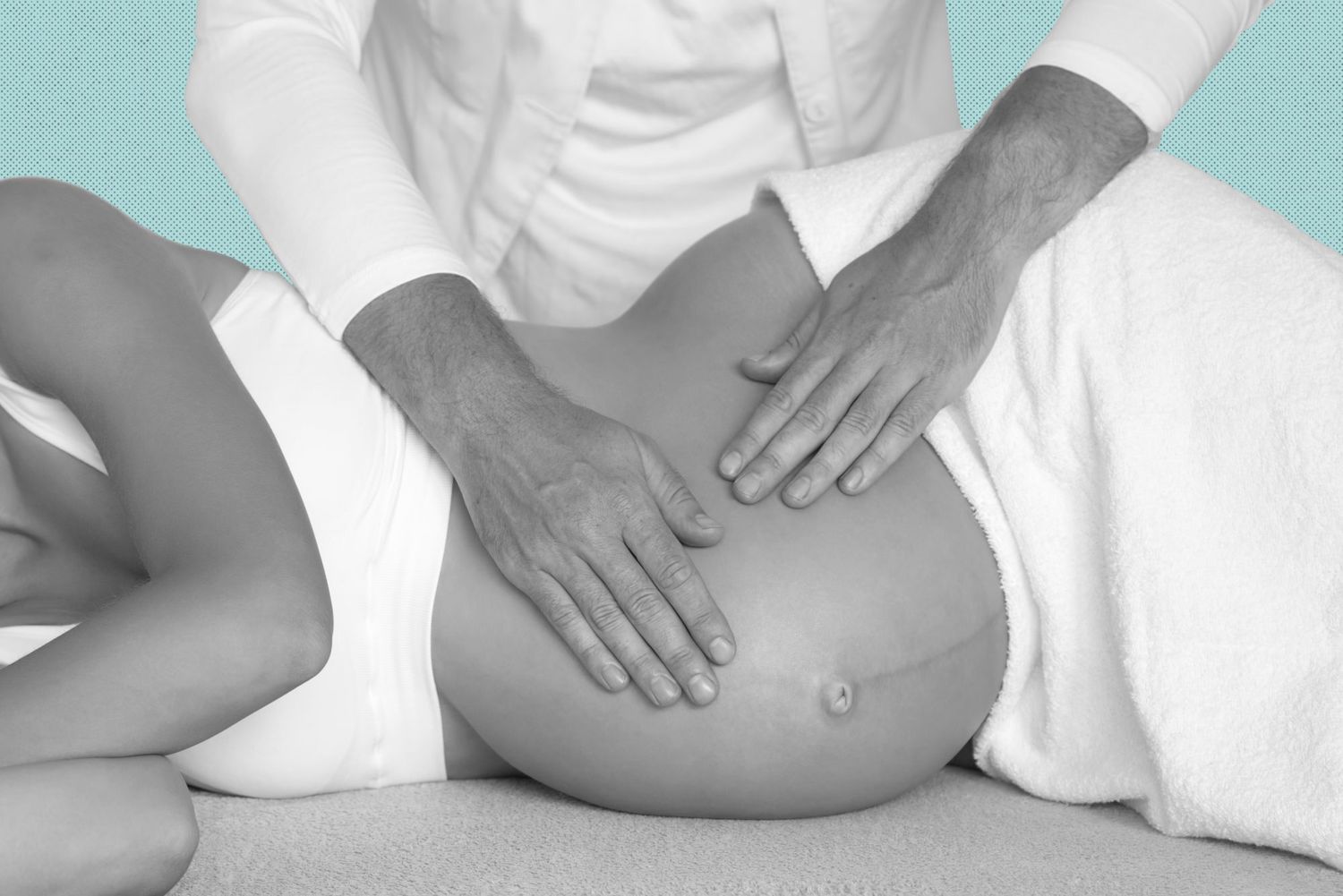
What to Do for a Baby in Breech Position | Parents
Does It Hurt To Turn A Breech Baby - Baby Viewer
Breech Baby - Meaning, Causes and Birth | Pampers
How to Tell if Your Baby is Breech: 10 Shocking Signs of a Breech Baby - Blunders in Babyland
Discovering the Sex of Your Baby - Mom365
Is Baby in a Breech Position? How to Tell & What to Do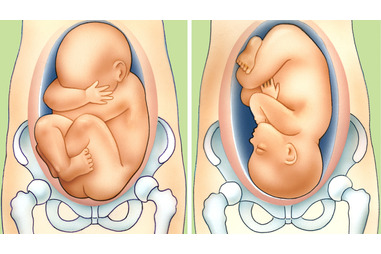
Breech pregnancy | Pregnancy Birth and Baby
Infant Intracranial Hemorrhages (Brain Bleeds): Causes, Signs, Symptoms
What is Breech Presentation? | Parents
5 Signs Your Baby Is Going To Be Breech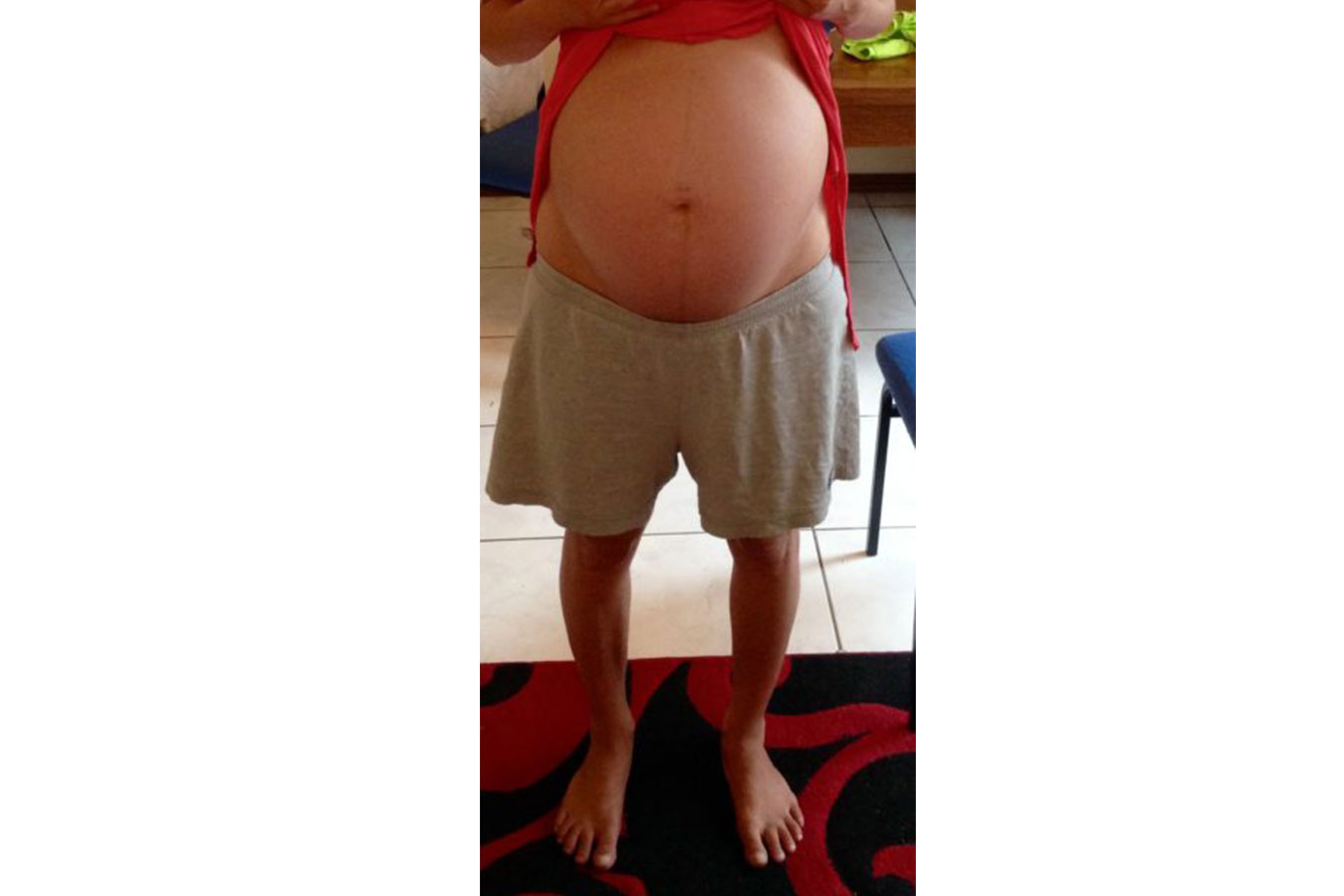
Sideways/Transverse - Transverse Baby Position - Spinning Babies
Pin on Prego
Breech Pregnancy: Positions, Causes And Treatments | theAsianparent
Fetal presentation of twins before birth | BabyCenter
 10 Signs of a Breech Baby: How to Tell if Your Baby is Breech | Breech babies, Baby hiccups in womb, Baby heartbeat
10 Signs of a Breech Baby: How to Tell if Your Baby is Breech | Breech babies, Baby hiccups in womb, Baby heartbeat






































Posting Komentar untuk "signs of breech baby"